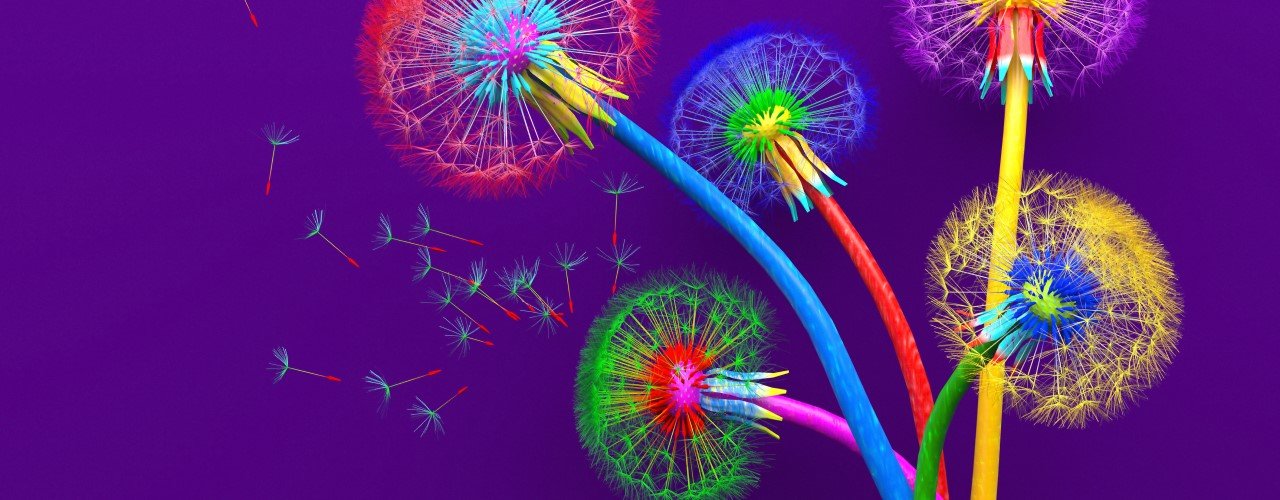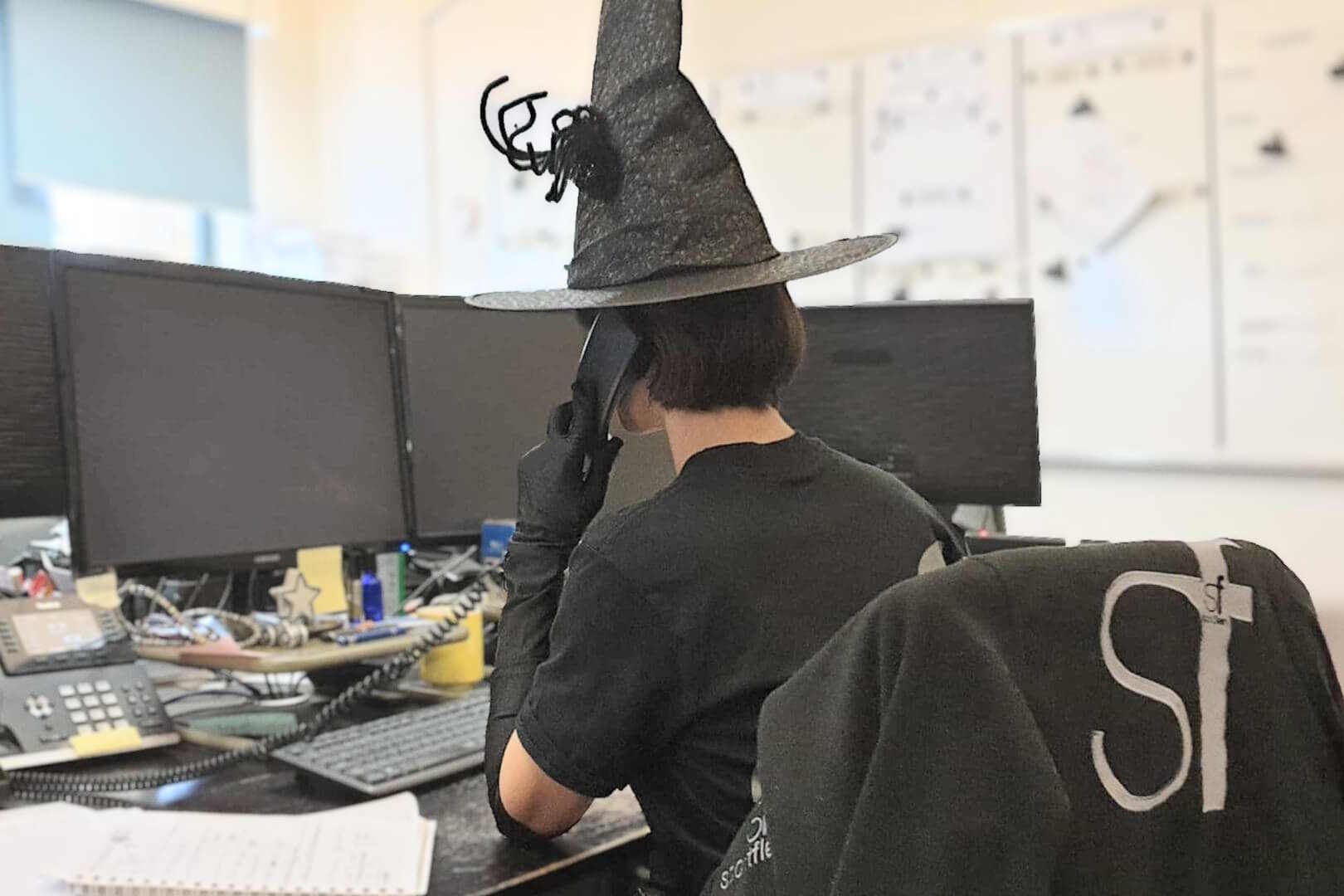The Rise in Digital Art
The Rise in Digital Art
Art is a visual medium that is constantly evolving. Since the beginning of time it has been a way to engage and inspire and to reflect what’s happening in the world. Digital art has been growing in complexity and volume ever since the 1980s when the first personal computers emerged. Today, thanks to the widespread access to computers and devices, as well as the software required for creation, digital art has reached a new peak in both productivity and popularity.
How is digital art defined?
Digital art is basically art that uses digital methods for production. It is everywhere, from advertising to illustration, 3D models and photos. This isn’t just about painting and drawing, as digital means can be used to create everything, from sculpture to music and video. Driven by the integration of art, maths, science and technology, digital art is a growing medium. It can be something original that has been created with tech tools or it may be art forms that have been enhanced or made more accessible by digital means.
Why does digital art appeal?
- There are many reasons for the rise in the popularity of digital art, including:
- Speed and cost. Digital art can be created quickly with only a small investment required in the tools needed to bring creativity to life.
- Versatility. There are many ways in which digital art can be created and modified. Edits can be made instantly and even reversed if necessary.
- Impactful images. Digital images can create a strong reaction in the viewer and have the power to motivate and inspire.
- Easy to replicate. Although this can present challenges for those seeking originality, the ease with which digital art can be replicated can also make it much more accessible and attractive, especially as copies are exact.
- Simple to preserve. Digital art doesn’t degrade in the natural environment like many traditional mediums. It can be kept safely and permanently as a computer file.
- A key communication tool. Digital art has proven to be very effective at enhancing communication, enabling comprehension and getting a message across.
- A way to enhance existing processes. One prime example of this is the switch that is taking place from film production to digital video. Lower cost, improved workflows and ease of editing and reproduction mean that there are now many more opportunities to enhance this type of visual art and even make it more interactive.
What about the security element?
It’s unquestionably harder to protect digital work than more traditional mediums of art, especially when that art is online. Whether digital art is obtained via a hacker breaking into a secure system or simply users downloading it from the internet and not crediting (or paying) the original artist, there are many ways in which it can create security issues. One potential solution to this could be Non-Fungible Tokens (NFTs), which represent the uniqueness of a piece of art that can be verified via blockchain technology.
Digital art is experiencing a rise in popularity across all mediums, from video and sculpture to simple images.
Still Have Questions?
Our friendly team is here to help you out.

